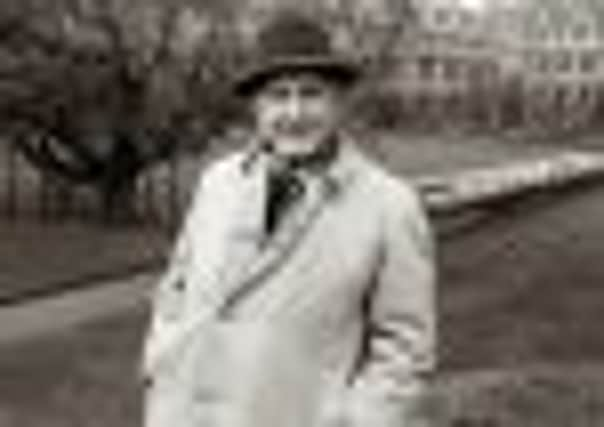Tolkien Tour proves East Yorkshire can be Hobbit forming


JRR Tolkien’s extraordinarily vivid imagination has sometimes been linked to his childhood in the Midlands.
But some scholars have long believed the writings of the author of The Lord of the Rings were influenced by his stay in the Broad Acres.
Advertisement
Hide AdAdvertisement
Hide AdNow a new book guides fans round “The Tolkien Triangle” of East Yorkshire, ahead of the release of Peter Jackson’s latest film The Hobbit: An Unexpected Journey, starring Martin Freeman as Bilbo Baggins, Richard Armitage as Thorin Oakenshield and Benedict Cumberbatch as Smaug.
It covers the places where the young, still unpublished, author spent 18 months from 1917 to 1918 recuperating from trench fever, much of it on the crumbling Holderness coastline where soldiers spent hours watching for an invasion from the sea.
It has unearthed new addresses where Tolkien, who was followed up to Yorkshire by his wife Edith, stayed – and reveals the identity of Brooklands Military Hospital in Hull, where he was treated, as the University of Hull’s present day Dennison Centre.
Author Phil Mathison became intrigued by Tolkien’s East Yorkshire sojourn in 2005 and sought the help of Tolkien expert John Garth.
Advertisement
Hide AdAdvertisement
Hide AdThe Tolkien Estate proved a huge help providing him with the addresses on letters and postcards sent in 1917 and 1918.
Mr Mathison said: “I think the fragile coastline would have been totally alien to him coming from the Midlands and I think it would have fired his imagination.
“Scandinavia has had a big impact on the region and Tolkien was a big fan of Nordic languages – where there’s a nice sea fret and the waves are crashing you can imagine the longboats coming ashore.
“The sea, the fragile coastline, disappearing lands are all very much up his street. He would have been aware of the lost villages – he could have spoken to people in Kilnsea who have remembered the old village that got washed away within living memory.”
Advertisement
Hide AdAdvertisement
Hide AdHe went on: “When you are reading Tolkien, you are reading about the Shires, it is very agricultural, bucolic. If Holderness is a backwater now, it was the back of back of beyond then.”
Tolkien’s visit to a wood full of hemlocks in the village of Roos in Holderness with his wife Edith is well known – he was so enchanted by the image of Edith dancing and singing there he used it as the “landscape” for the first meeting of the mythic lovers Berien and Luthien.
Like others, Mr Mathison believes the wooded glade he found so inspiring was Dents Garth, at the southern edge of the village; he thinks it probably happened in the late spring of 1917: “ideal weather for joyous dancing in a sun-dappled copse”.
But connections with Withernsea – his wife stayed at a house which is now the Lifeboat Cafe – and Hornsea, are less well known.
Advertisement
Hide AdAdvertisement
Hide AdTolkien also stayed at the Thirtle Bridge Camp, of which the officers’ mess still stands, now Mona House, and a cookhouse behind it, used as a barn. Few people in the locality would guess there was once an army camp which housed nearly 1,500 soldiers there.
The author also spent time at Easington and Kilnesa, towards the tip of the Holderness peninsula, where he found time to rework his story about a wandering mariner which was to become The Song of Eriol.
Hull University librarian Dr Richard Heseltine said they were delighted with their new link with Tolkien: “The university has a strong tradition of supporting and promoting creative writing, and the Tolkien connection enriches that tradition.”
Shaun Gunner, from The Tolkien Society, said: “The Tolkien Society welcomes any book that encourages people to read the works of JRR Tolkien. This is especially true this year as 2012 marks the 75th anniversary of the publication of The Hobbit and, of course, the release of Sir Peter Jackson’s The Hobbit: An Unexpected Journey.
Advertisement
Hide AdAdvertisement
Hide Ad“I look forward to reading Phil Mathison’s book, seeing the photos, and discovering how East Yorkshire could’ve helped shape Tolkien’s magnificent stories.”
There will be a book signing at Waterstone’s in Hull at 11am on May 5. Tolkien in East Yorkshire is available from the author at 12 Wallingfen Lane, Newport, Brough, HU15 2RF.
Cheques for £8.99 should be made out to Dead Good Publications.